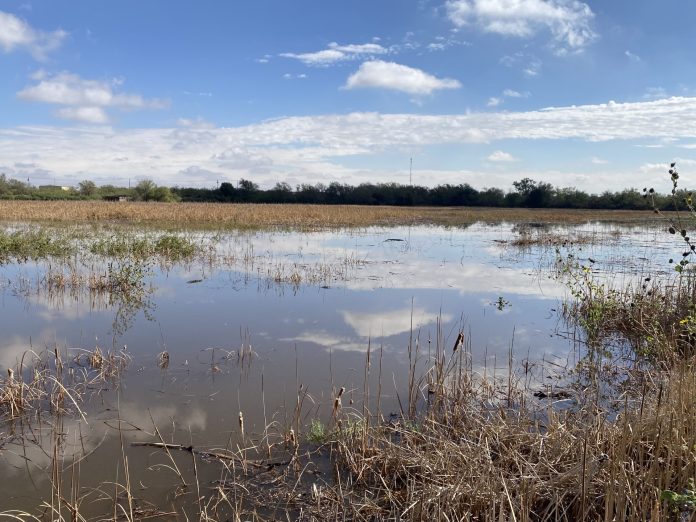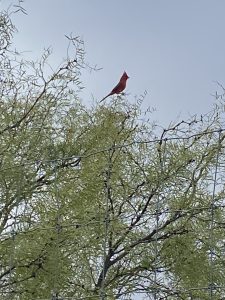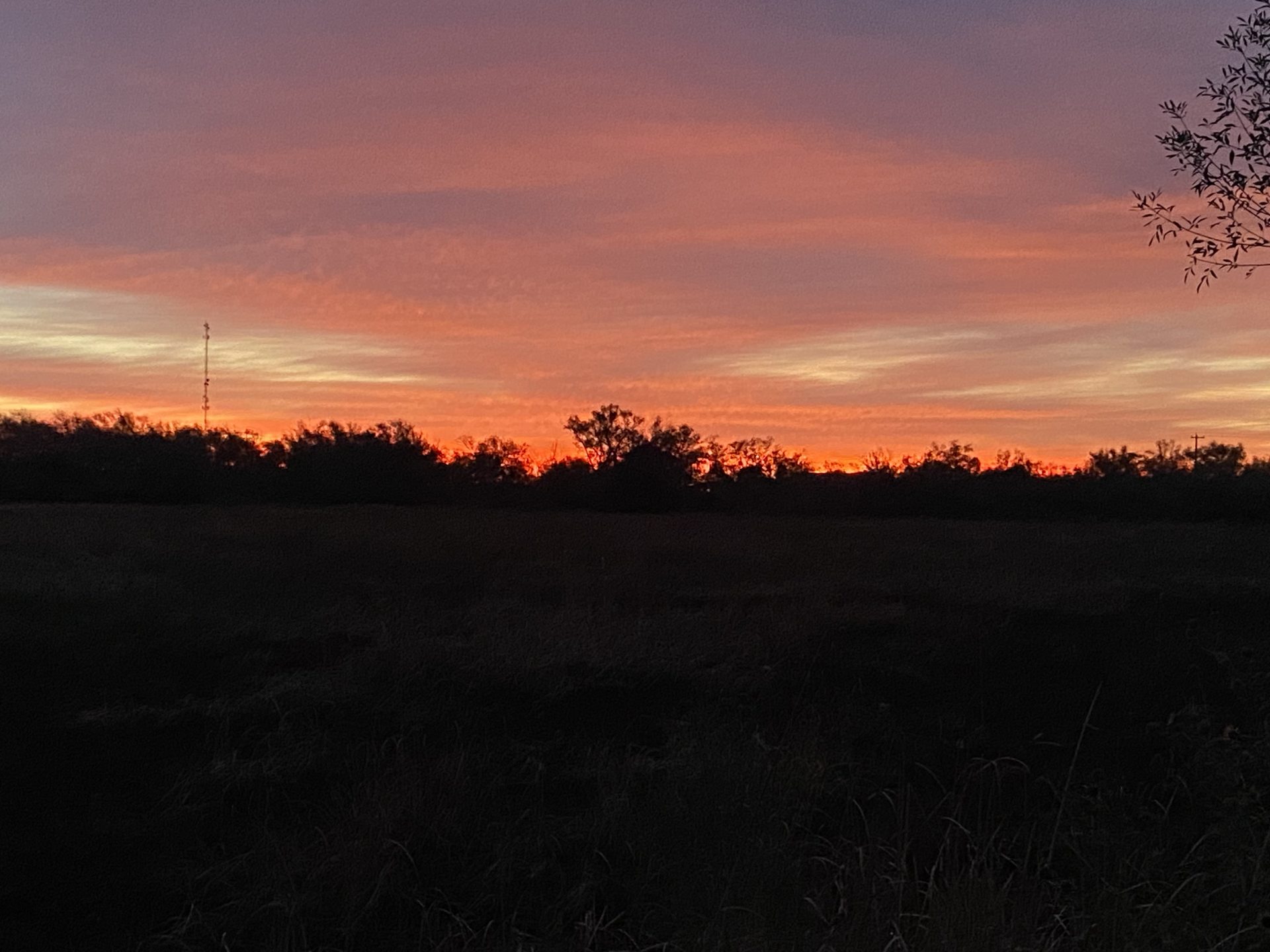
This weekend, the I-20 Wildlife Preserve & Jenna Welch Nature Study Center will host a viewing of HEB’s Our Texas, Our Future at 7:30 p.m. Nov. 4 at Centennial Park in downtown Midland.
The event is free. Created in partnership with Fin & Fur Films, it features narration by Shane Smith and original music by native Texans Shane Smith and the Saints. There are four films sponsored by HEB’s environmental affairs department that talk about different conservation projects around the state.
Texas is celebrating 100 years of state parks. Each film is probably about 20 minutes long, said Wes Faris, executive director of the 1-20 Wildlife Preserve.
They include A Century Celebration: Texas State Parks; Redfish Revival; Second Chance; and Ranching with Ocelots.
The state parks film shows different parks around the state, the need for conservation, the importance of having state parks, what they contribute to the state of Texas, to the habitats and the different ecosystems.
“One that we’re going to show … [Second Chance] is on the resurgence of the black bear population down in the Trans-Pecos. (It is) a study by the Borderlands Institute Research Department. The film goes in and shows how they’re trapping the bears, monitoring the bears, understanding their resurgence back into the area and then, of course, taking that and then educating the residents there in the Trans-Pecos area about the importance of the black bear coming back in, but how we all can still coexist,” Faris said.
Ocelots are found in South Texas, according to the Texas Parks and Wildlife Department. Faris said they once roamed freely over a large, large area of Texas, Oklahoma and in the Midwest, but their population has dwindled, Faris said.

The East Foundation is working to monitor and save the ocelot.
The Redfish Revival goes into the history of the red fish dating back to the 1920s, how originally it was a source of food for fishermen and became so popular in restaurants it almost decimated the whole redfish population.
“Then it talks about eight to 10 of the local fishermen there that banded together that went to the state to eventually get it banned from a commercial standpoint. This was obviously before fish farms and … now redfish is available in restaurants because of the fish farms,” Faris said.
“It just shows the importance of the conservation, to eliminate the commercial use of those red fish and now they’re flowing in abundance again there in that area. So we’re going to show the black bears, the ocelots, the red fish and the Texas State Parks, so those are the four that we’re going to be showing. But more importantly, again, it’s partnering with HEB, partnering with Centennial Park to show the importance of conservation and the need for conservation in all of our areas, and again, how we all can coexist. We’re very excited to be to be showing those and the work that HEB did, so it’s more of just an educational presentation for the community,” Faris added.
Also sponsoring with HEB Environmental Affairs, the Preserve will host three days to support Texas recycling Nov. 18, 24 and 25. This will include plastic bottles, plastic bags, “pretty much all things plastic,” he said.
This is another way to prompt conservation awareness and the need to recycle. HEB will send them all the bags and bins so they can collect it from there. Faris said he’s trying to see if they can get one of the larger recycling bins from the landfill and whether they could drop it off and pick it up afterwards.
If not, Faris said, they can put everything in trailers and take it to the recycling center.
“We are certainly proud to be hosting those out at the Preserve,” Faris said.
He added that the Preserve has established a new membership program. All the information is available on the Preserve website with the different memberships that you can sign up for. The most popular so far is the photography membership. It’s a $175 annual fee.
“But it will provide exclusive hours to the photographers to come out to the Preserve,” Faris said.

Members who are educators have access to the Preserve’s education curriculum.
“We provide that education curriculum to our friends at MISD, ECISD, different school systems because that’s part of what we do. But if just another educator wanted to see what we do or institution they have, they would have access to it and it gives us the ability then to record the data that they use because it is extensive,” Faris said.
”There’s a lot of work that went into it. It’s not just come come out and let’s take you on a tour. We have different programs for different ages of students. But just the past two weeks, last week and then the week prior, we had respectively about 65 students from Midland High and Legacy come through our Resource Management Program. There’s a pretest for them before they come out. They go through our curriculum, which is four different stages learning about the ecosystem, human interactions, the importance of water … and then there’s post-test to see what they retained through the program and then the high school students, the teachers, they make presentations,” Faris said.
He added that students gather what they’ve learned, apply it to the Preserve and give presentations with solutions to problems. Some of those solutions have been implemented at the Preserve.
There is also curriculum for younger students.
Faris said he thinks the need for conservation is becoming better known in West Texas.
“My observation with the high school students, I think conservation is starting to become … an awareness. A lot more education needs to be done for the general public of the importance of conservation and how we all interact in the balance that is needed between nature and human interaction,” Faris said.
“But we’re also seeing it, too, with the help of our community partners — HEB, our friends in the oil and gas industry that are doing wonderful things out here … giving back and the importance of conservation from XTO to ConocoPhillips to Champion X to Pioneer — we see them being involved with it. They’re on the land every single day and I feel that through their innovations and technologies that the integrity of conservation is certainly getting better. We’re very grateful for all of those community partners and their efforts to help educate on the importance of conservation,” he added.



